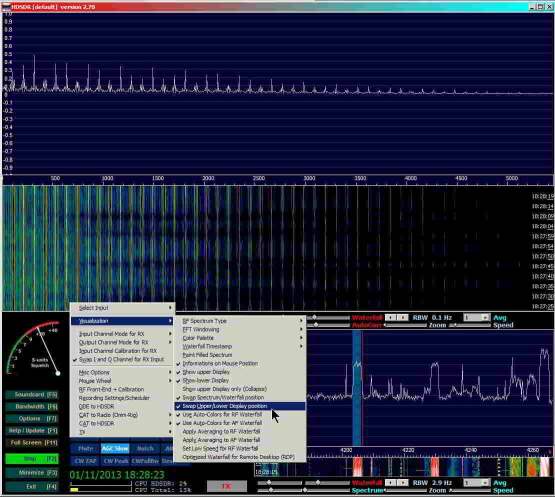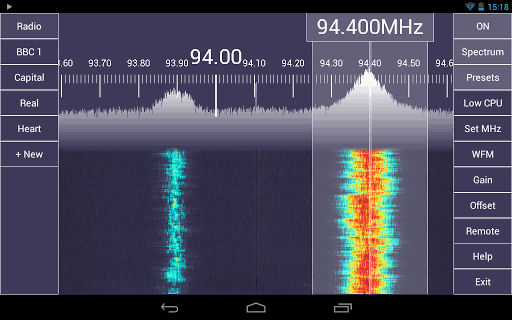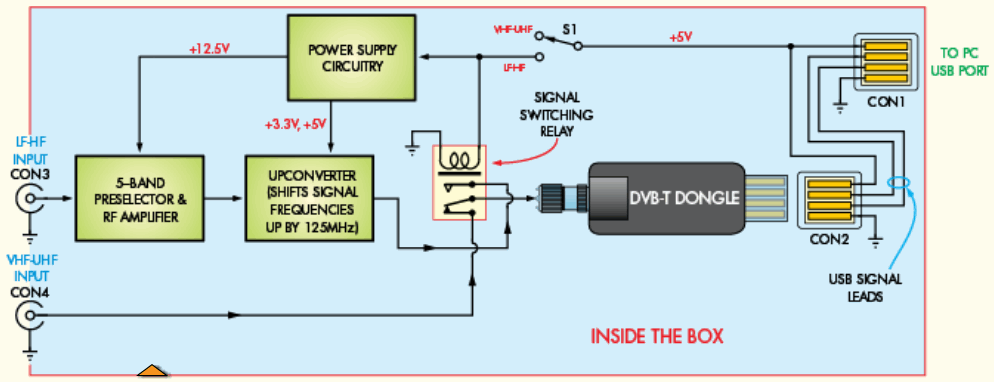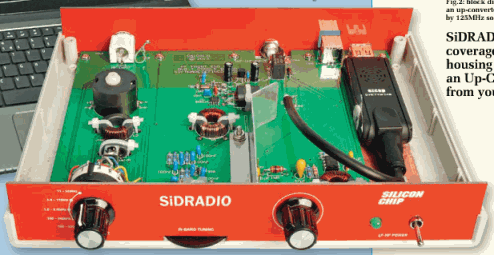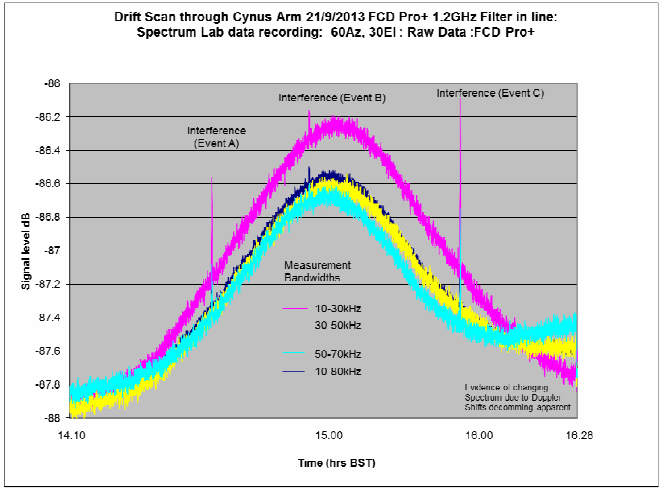HDSDR Updated to Version 2.70. Now with Autocorrelation Feature for Signal Identification
HDSDR, a popular SDR program used with the RTL-SDR dongle has been updated to version 2.70. The new features include
– better CPU utilization
– added Automatic Notch Filter
– added AFC for AM and FM. AFC can be deactivated in ECSS mode
– smoothed S-Meter display
– enhanced parameters for ‘SDR on IF output’
– new keyboard shortcuts for Lo/HiCut and WAV files
– ‘spectrum’ switchable to Autocorrelation/Cepstrum display (Click on ‘Spectrum’ label)
– TX-Button for HRD(DDE) / CAT to HDSDR
– added ‘Double Size’ option in Frequency Input Dialog
– Frequency Manager now provides 5 User Banks
The new autocorrelation feature is particularly useful for signal identification. The authors of HDSDR have created a webpage showing what the autocorrelation feature can be used for, and how to use it.
